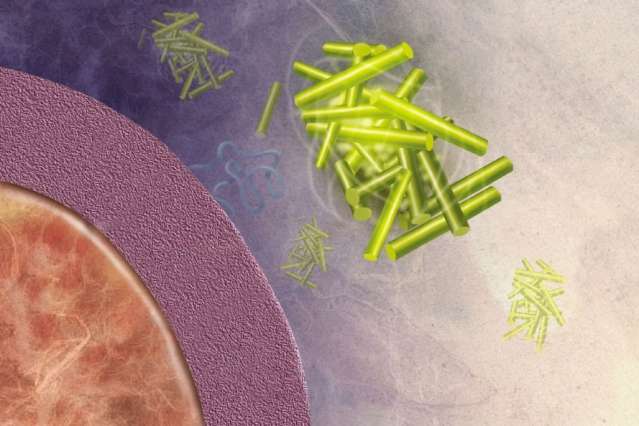
Fibrous protein clumps known as amyloids are most often associated with diseases such as Alzheimer’s disease, where they form characteristic plaques in the brain.
Scientists first described amyloids about 150 years ago; they have since been tagged as key players in Parkinson’s disease, Huntington’s disease, and rheumatoid arthritis, as well as Alzheimer’s. However, recent findings suggest that this class of proteins may also have critical biological functions in healthy cells.
In a study appearing in this…



























